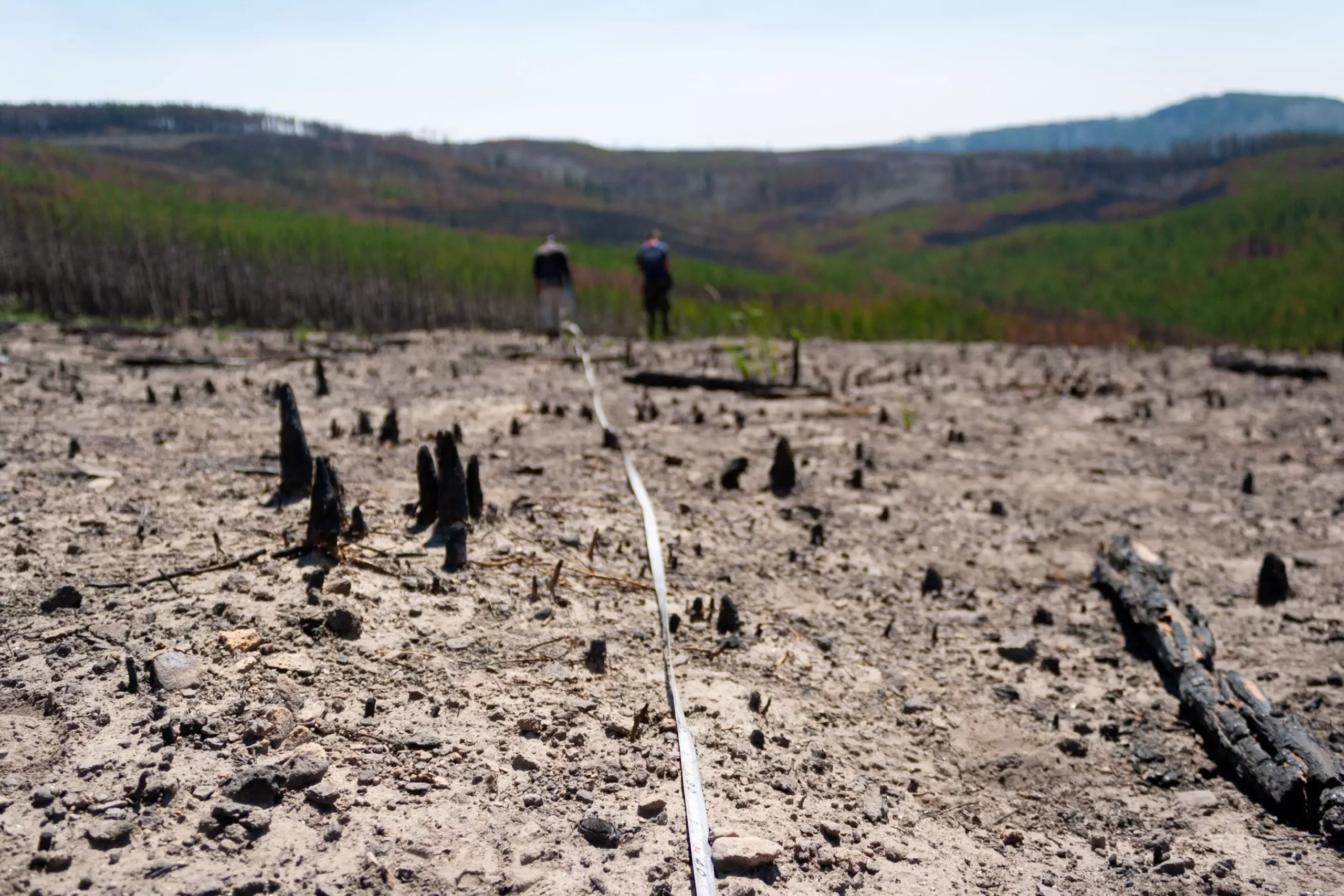Forests have long been celebrated as one of nature’s most powerful allies in the fight against climate change. These verdant ecosystems absorb carbon dioxide—a critical greenhouse gas—and store it as they grow, providing us with the illusion that they could single-handedly offset human carbon emissions. However, recent findings challenge this optimistic view. A pivotal study published in Earth’s Future casts doubt on the efficacy of Western U.S. forests in serving as reliable carbon storage solutions. The research, led by Jazlynn Hall at the Cary Institute of Ecosystem Studies, meticulously scrutinizes carbon storage trends from 2005 to 2019 and reveals that many forests are not only struggling to sequester carbon but are also on the verge of carbon loss.
The study sends a stark message: climate change coupled with increasingly frequent wildfires is compromising the very essence of forest carbon storage. Hall emphasizes the urgency of this situation, articulating that a reliance on forests to meet global climate targets, such as limiting warming to 1.5 degrees Celsius, may be misguided. The research ultimately sheds light on the increasingly complex relationship between forests, carbon storage, and the aggressive forces of climate change.
Unpacking the Findings: A Regional Analysis
Hall and her team undertook an ambitious regional analysis, leveraging extensive survey data to assess carbon storage across 19 different ecoregions in the West, which range from the arid deserts of the Southwest to the lush forests of the Pacific Northwest. The utilization of advanced machine learning techniques allowed researchers to parse through potential drivers of carbon dynamics, including human activity, fire frequency, and climate variables like precipitation and temperature. The results paint a concerning picture: many Western forests exhibited a marked decline in live carbon storage, whereas dead carbon—stored in deceased trees and debris—has increased.
This duality presents a troubling paradox; while the carcasses of dead trees contribute temporarily to carbon levels, they are susceptible to faster decomposition or combustion. Hall’s findings underscore the urgency of adapting forest management techniques, especially with rising wildfire tendencies, to ensure forests can evolve into resilient carbon sinks rather than leaking sources.
Risks and Opportunities: What Lies Ahead?
The implications of this study extend far beyond academic curiosity. The researchers warn of a potential upcoming tipping point, where forests could undergo rapid carbon loss if proactive management is not prioritized. Hall argues for immediate investment in strategies like prescribed burns and thinning to mitigate these risks. It’s an approach that moves away from a reactive posture that often prioritizes fire suppression, which has historically led to over-dense and vulnerable forests.
Interestingly, the Pacific Northwest emerges as a beacon of hope amidst alarming trends. This region stands out with instances of improving carbon storage, primarily due to human interventions focused on conservation efforts and reduction in logging. Such measures demonstrate that concerted efforts toward preserving biodiversity and halting destructive practices can yield positive outcomes.
Navigating Complexity: Regional Disparities in Carbon Storage
It’s crucial to recognize that carbon storage dynamics are influenced by a multitude of local and regional factors—embedded within varied climatic and ecological contexts. The study’s granular approach offers a framework for understanding these disparate trends. For instance, in regions where climate conditions already challenge tree growth, increasing temperatures and changing precipitation patterns can exacerbate carbon losses. Two-thirds of the ecoregions identified in this study attribute substantial shifts in carbon balance to fire and climate factors. This data challenges simplistic narratives about forests as almighty carbon reservoirs.
Given the alarming evidence that current carbon storage levels might be artificially inflated due to past fire suppression practices, it’s evident that our understanding of forest resilience must evolve. Fire—often viewed as a destructive force—needs to be integrated into forest management philosophies, recognizing its role in promoting ecological health and dynamic carbon cycles.
The Path Forward: A Call for New Paradigms
As we delve deeper into the findings of this critical research, the role of technology and innovation takes center stage. The methods developed to track carbon storage and diagnose trends serve as vital tools for forest management not just today, but for future generations. As researchers, including co-author Park Williams, look toward monitoring future carbon trajectories, we are beckoned to rethink our relationship with nature. Proactive and adaptive management is not merely a choice; it’s an imperative that will shape our ability to combat climate change effectively.
With new data expected from record-setting wildfire years, the urgency for timely solutions is amplified. Transitioning to a mindset that values adaptive management strategies will be instrumental in navigating this complex landscape. The baseline data compiled in this study heralds a new chapter in forest stewardship, urging us to act decisively while there is still time. The fate of our forests—and by extension, our climate—depends on our ability to embrace this critical dialogue and implement actionable change.

